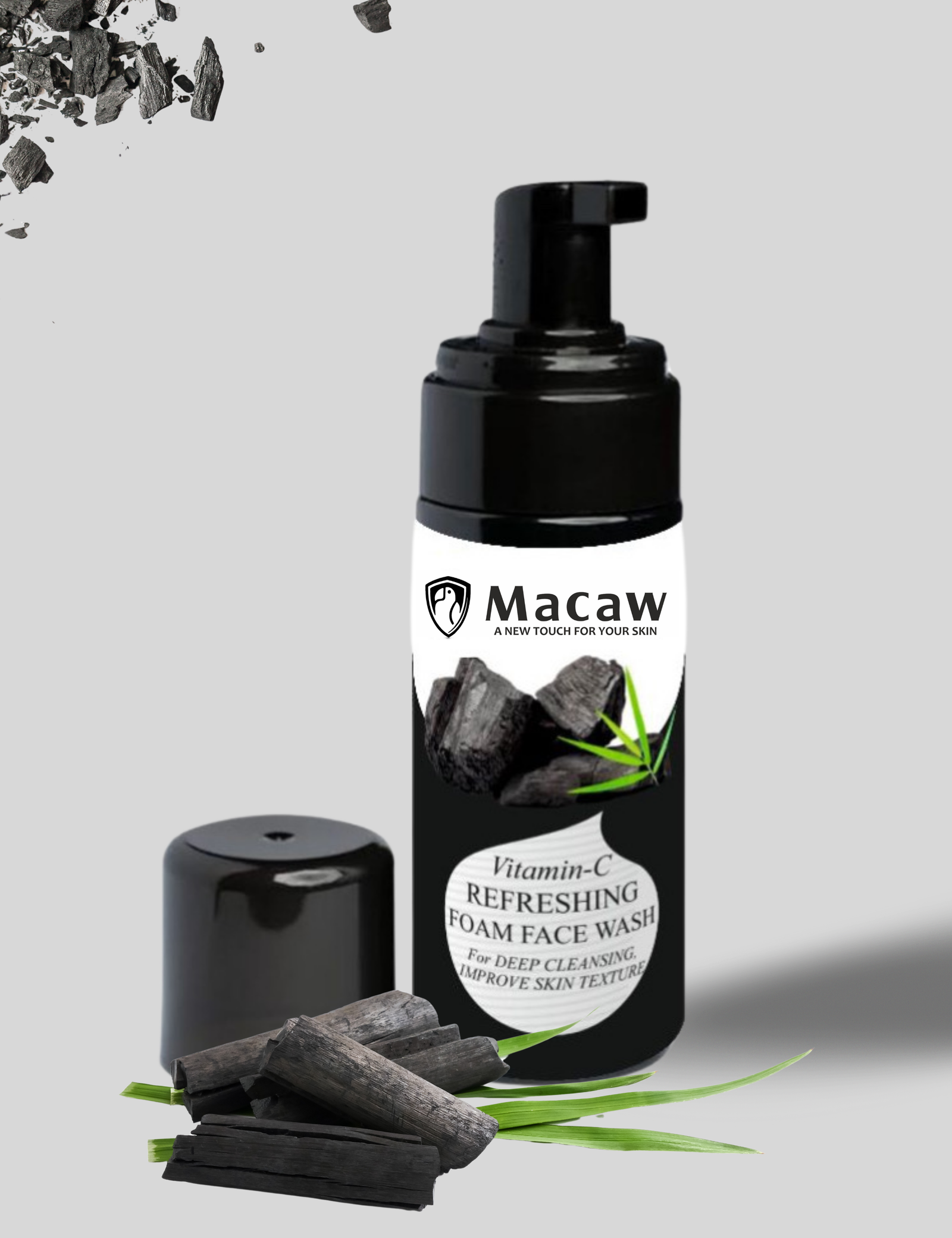No products added!
Written by
795370@
June 26, 2023
SUNSCREEN
Sunscreen—the best way to tell summer was finally here as a kid. Now, it’s the most important step in our skincare routines! If you’re not already wearing sunscreen each and every day, this is your sign so keep reading to learn how to get started. And if you are, kudos! Let’s make sure all your bases are covered.
SPF Explained
SPF stands for “sun protection factor,” and it’s how we measure the protection from the sun’s UVB rays. For example, SPF 15 blocks 93% of UVB rays, SPF 30 blocks 97%, and SPF 50 blocks 98%. Experts recommend staying between 30
and 50 SPF—it’s sufficient protection without feeling a false sense of complete sun protection with an option over 50.
You’ll want to make sure your sunscreen is “broad-spectrum,” meaning it protects from both UVA and UVB rays. An easy way to distinguish the two is UVA(ging) and UVB(urning). Both rays have overlapping effects (i.e. both can
cause burns and premature aging), but UVA rays are mostly responsible for fine lines and dark spots, while UVB rays play the most significant role in producing skin cancers and sunburns.
Everyone under the sun should wear sunscreen, no matter your skin tone. Generally speaking, you’ll need ½ a teaspoon of sunscreen for your face and neck, then one ounce (enough to fill a shot glass!) for your entire body. Since sunscreens naturally break down over time, we recommend reapplying every two hours, and even more frequently if you’re swimming or sweating. Don’t forget— you need to apply your sunscreen 30 minutes prior to sun exposure!
The Different Types of Sunscreen
There are two main types of sunscreen: physical (a.k.a. mineral) and chemical. Both absorb the sun’s UV rays to help prevent skin damage, but physical sunscreen can reflect some UV rays. Neither is necessarily better than the other, they just use different active ingredients. Chemical SPF typically uses actives like avobenzone and homosalate, whereas physical SPF will contain zinc oxide and/or titanium dioxide.
In addition to sunscreen, the American Cancer Society also recommends a holistic approach to sun protection like wearing protective clothing (such as a wide-brimmed hat and sunglasses), seeking shade (especially between the hours of 10 a.m. and 4 p.m.), and avoiding tanning beds, which can cause longterm skin damage and contribute to skin cancer.
The best sunscreen for you is the one you’ll want to wear each and every day. Some sunscreens may blend into your skin tone better, you may like the scent of some more than others, and so on. But rest assured, there is a perfect pick for you.















Pulvinar pellentesque habitant morbi tristique senectus. Accumsan sit amet nulla facilisi morbi. Ultrices eros in cursus turpis massa tincidunt. Ultricies mi eget mauris pharetra et ultrices neque ornare aenean. Nulla facilisi nullam vehicula ipsum a arcu.